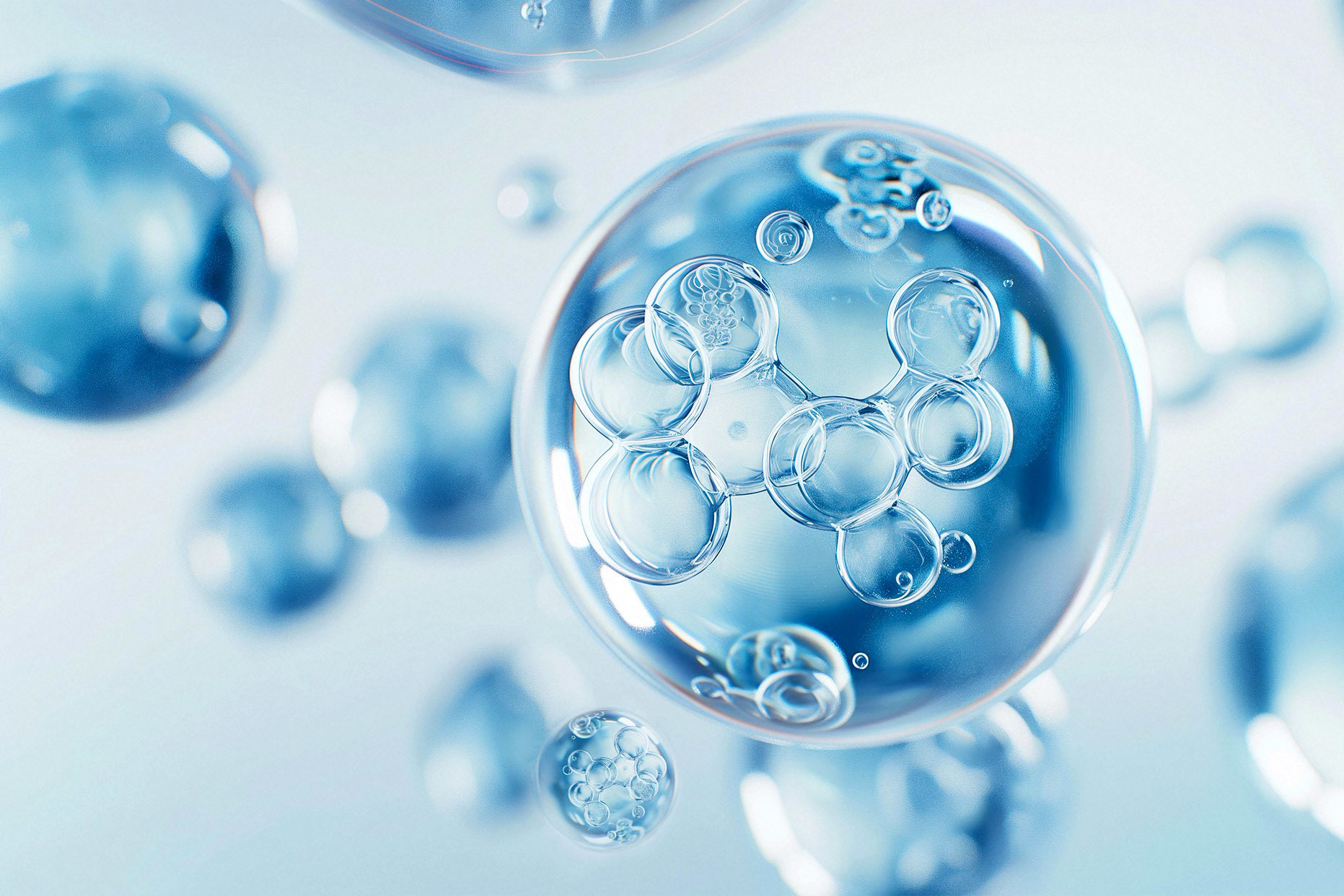Understanding Phenolphthalein: Essential Tips and Precautions
Jul 23,2025
What is Phenolphthalein?
Ah, the fascinating world of chemistry! One of the unsung heroes of this realm is Phenolphthalein, a compound that often takes center stage in titrations and pH indicators. This colorless to pale pink compound is a favorite among chemists for its ability to signal changes in acidity levels. But before diving in, let’s discuss some crucial precautions—because safety first, right?
Why Use Phenolphthalein?
So, why is Phenolphthalein such a big deal? It's primarily used in titrations to determine the acidity or basicity of a solution. When you add it to a solution, it shifts from colorless in acidic environments to a vibrant pink in basic conditions. It’s like a little dance of colors that tells you whether your mixture is neutral, acidic, or basic!
Handling Phenolphthalein Safely
Now, let’s get to the nitty-gritty. When working with Phenolphthalein, there are a few things you absolutely must keep in mind:
- Wear Protective Gear: Always don your lab coat, gloves, and safety goggles. You wouldn’t want any surprises, would you?
- Work in a Ventilated Area: Make sure your workspace is well-ventilated. No one enjoys the feeling of being cooped up with strong odors.
- Proper Storage: Store Phenolphthalein in a cool, dry place, away from direct sunlight. The last thing you want is for your stock to degrade.
What to Avoid
By all means, steer clear of mixing Phenolphthalein with strong oxidizing agents. It’s like mixing oil and water, just not a good idea. Additionally, never ingest it—this is not a food coloring!
The Science Behind the Color Change
Let’s take a moment to appreciate the science behind that dazzling color change. Phenolphthalein undergoes a structural change when it comes in contact with hydroxide ions (OH-). This shift is what causes the color transformation from colorless to pink. Pretty neat, huh?
Common Applications
There’s a reason why Phenolphthalein is a staple in laboratories worldwide. Here are some of its common applications:
- Titration: As mentioned before, it’s a fantastic indicator for determining pH levels.
- Laboratory Experiments: Used in various experiments to analyze compounds.
- Education: A go-to for school lab experiments to teach students about acids and bases.
Final Thoughts
In conclusion, Phenolphthalein is not just a compound; it’s a critical component of chemical exploration. Whether you’re in a classroom or a lab, keeping safety precautions in mind will ensure that your experiments run smoothly. So gear up, take notes, and happy experimenting!
Remember!
Always stay informed, and never hesitate to ask questions. Chemistry is a journey, and Phenolphthalein is just one of many fascinating stops along the way.







